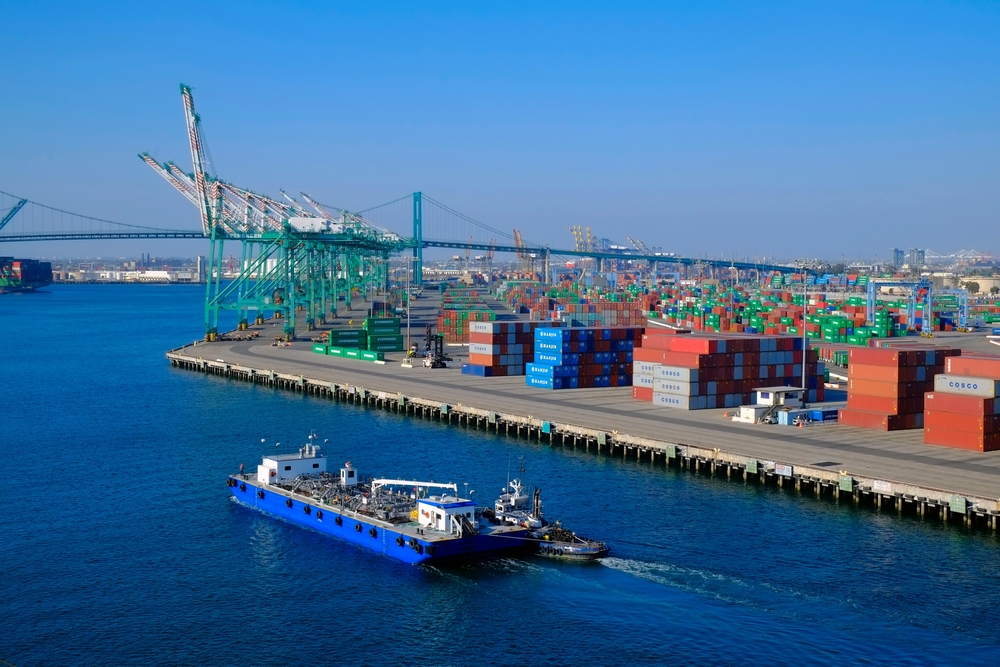
There’s a case to be made that the trucking industry and inflation are intricately intertwined. With a truck driver shortage hovering around 80,000, freight hauling professionals are in high demand. That, in turn, results in transportation rates increasing, and the costs get passed along to consumer goods and materials.
“It comes back to affect everyone. I mean, look at what you’re paying for groceries and at the restaurant. It truly affects everything that’s delivered,” Bob Poole of Network Transport reportedly said.
But minimum wage and blue-collar workers have a career path that would extricate them from the diminishing returns of 40-year-high inflation. Earn a CDL and join the ranks of well-compensated truckers.
The federal minimum wage stands at $7.25, and that runs just over $15,000 annually a year for full-time workers. As of January 1, 2022, Washington, D.C., offers a minimum wage of $15.20 per hour, New York was $13.20, and Washington State stood at $14.49 as the country’s leaders. But these salaries are largely offset by increasingly high regional costs of living, not to mention debilitating inflation and record-high fuel costs. Earning $15 per hour only translates into about $31,000 annually, and in New York of D.C., that may not be enough money to rent a decent apartment.
Blue-collar workers with a trade fare far better in states such as Wyoming, Massachusetts, Montana, and Arizona, at upwards of $50,000. But expensive regions such as New York and Washington State offer lower average wages. That may be why hard-working families seem to be forever playing a game of financial catch-up. Trucking can be an absolute game-changer.
The national average truck driver salary reportedly hovered around $60,000 annually in May, with an hourly rate of $28.69. Those figures have consistently improved during the last four years. Entry-level trucking pay scales now exceed $39,000, with experienced professionals earning more than $100,000 from large fleet operations. Basically, someone leaving a minimum wage job would likely earn an additional $24,000 their first year, and a $15 per hour employee would secure an extra $8,000.
“This is an occupation where you can earn a middle-class lifestyle and support a family of four still, depending on where you live,” Bob Costello, the American Trucking Associations’ chief economist, reportedly said. “The average weekly earnings for truck drivers across the longer-haul segments is going up at four and half times the historical average. So, I suspect that is resonating with a lot of folks”
Pivoting to a higher-paying truck driving career from an average blue-collar or minimum wage job delivers multi-level benefits. It improves earnings enough to elevate newly-minted drivers into middle-class incomes. And by joining the ranks of America’s truckers, workforce shortages are reduced, and so is inflation, to some degree.
Sources: wdef.com, fortune.com, werner.com, foxbusiness.com











Leave a Comment